Infrarottechnologie ist aufgrund ihrer Fähigkeit, Wärme zu erkennen und detaillierte Bilder von Temperaturschwankungen zu liefern, in verschiedenen Branchen zu einem unverzichtbaren Werkzeug geworden. Besonders wertvoll ist die Technologie in Bereichen wie medizinischer Diagnostik, Sicherheit, Bauwesen und mehr. Dieser Artikel untersucht die grundlegenden Konzepte der Infrarottechnologie und ihre vielfältigen praktischen Anwendungen und hebt ihre Vielseitigkeit und Kosteneffizienz hervor.
Was ist Infrarottechnologie?
Die Infrarot-Technologie (IR) basiert auf dem Prinzip der Erkennung und Messung von Infrarotstrahlung, die von Objekten in Form von Wärme abgegeben wird. Infrarotstrahlung liegt knapp außerhalb des sichtbaren Lichtspektrums und ist daher mit bloßem Auge nicht wahrnehmbar. Spezielle Kameras und Sensoren sind jedoch in der Lage, diese Strahlung zu erfassen und in sichtbare Bilder umzuwandeln.
Ein Schlüsselelement der Infrarottechnologie ist die Wärmebildkamera, die Temperaturschwankungen visualisieren kann. Diese Kameras nutzen typischerweise Infrarotsensoren, um Wärme zu erfassen und Wärmebilder, auch Thermogramme genannt, zu erstellen. Die Farbe jedes Bereichs in einem Wärmebild entspricht seiner Temperatur, wobei wärmere Bereiche heller und kühlere dunkler erscheinen.

Wie funktioniert die Infrarottechnologie?
Die Infrarottechnologie erkennt die von Objekten abgegebene Wärme. Jedes Objekt sendet unabhängig von seiner Temperatur Infrarotstrahlung aus. Die Menge der abgegebenen Strahlung hängt von der Temperatur, den Oberflächeneigenschaften und dem Emissionsgrad des Objekts ab. Infrarotkameras erfassen diese Strahlung und wandeln sie in ein Bild um.
Wärmebildkameras für Smartphones sind eine kostengünstige Option für den alltäglichen Gebrauch und eignen sich sogar für den professionellen Einsatz. Diese kompakten Geräte sind mit Sensoren ausgestattet, die Wärmestrahlung erfassen und so Temperaturunterschiede in der Umgebung erkennen. Zwar erreichen sie nicht die Leistung hochwertiger Industriekameras, bieten aber dennoch eine erschwingliche Lösung für grundlegende Temperaturerfassungsaufgaben.

Wichtige Anwendungen der Infrarottechnologie
1. Medizinische Diagnostik
Im medizinischen Bereich spielt die Infrarottechnologie eine entscheidende Rolle bei der Diagnose verschiedener Erkrankungen. Wärmebildkameras werden eingesetzt, um abnormale Temperaturmuster im Körper zu erkennen, die auf Entzündungen, Infektionen oder andere medizinische Probleme hinweisen können. Beispielsweise kann die Infrarot-Thermografie zur Überwachung der Blutzirkulation, zur Erkennung von Tumoren oder zur Unterstützung der postoperativen Versorgung eingesetzt werden.
Infrarottechnologie unterstützt auch die Schmerzbehandlung, wo sie zur Beurteilung von Muskelverspannungen und Entzündungen beiträgt. Ihr nicht-invasiver Charakter macht sie zu einem wertvollen Hilfsmittel sowohl im klinischen als auch im häuslichen Umfeld.
2. Bauinspektionen und Bau
Infrarotkameras sind unverzichtbare Werkzeuge für Gebäudeinspektionen. Sie ermöglichen es Inspektoren, versteckte Probleme wie Wasserlecks, Wärmeverluste oder schlechte Isolierung ohne zerstörende Prüfung zu erkennen. Durch die Erkennung von Temperaturunterschieden deckt die Infrarottechnologie Probleme auf, die mit bloßem Auge nicht erkennbar sind, und ermöglicht so präzise Bewertungen, die Zeit und Ressourcen sparen.
Im Bauwesen wird Wärmebildtechnik eingesetzt, um sicherzustellen, dass Gebäude die Energieeffizienzstandards einhalten. Durch die Identifizierung von Bereichen mit Wärmeverlust oder Dämmmängeln unterstützt sie Bauunternehmer bei der Umsetzung der notwendigen Anpassungen zur Verbesserung der Energieeinsparung.

3. Sicherheit und Überwachung
Infrarottechnologie wird häufig in Sicherheits- und Überwachungssystemen eingesetzt. Wärmebildkameras können Eindringlinge bei schwachem Licht oder völliger Dunkelheit erkennen und sind daher für nächtliche Sicherheitseinsätze unverzichtbar. Sie können auch zur Überwachung der Bewegung von Personen in Bereichen mit eingeschränktem Zugang oder in großen Außenbereichen wie Grenzen oder Lagerhallen eingesetzt werden.
Da Wärmebildkameras nicht auf sichtbares Licht angewiesen sind, können sie bei allen Lichtverhältnissen effektiv funktionieren und bieten Überwachungsmöglichkeiten rund um die Uhr.
4. Umwelt- und Wildtierüberwachung
Umweltforscher und Naturschützer nutzen Infrarottechnologie, um Wildtiere zu beobachten und Temperaturänderungen in verschiedenen Ökosystemen zu verfolgen. Beispielsweise können Infrarotkameras eingesetzt werden, um das Verhalten von Tieren nachts zu untersuchen, ohne sie zu stören. Darüber hinaus spielen Infrarotsensoren eine entscheidende Rolle bei der Überwachung des Klimawandels, indem sie Temperaturänderungen in großen Gebieten wie Wäldern oder Gletschern erfassen.

5. Automobilanwendungen
In der Automobilindustrie werden Infrarotsensoren in Fahrerassistenzsystemen (ADAS) und Nachtsichtgeräten eingesetzt. Diese Systeme helfen Fahrern, potenzielle Gefahren bei schlechten Sichtverhältnissen wie Nebel, Regen oder Nachtfahrten zu erkennen. Wärmebildkameras in Fahrzeugen können Fußgänger, Tiere und andere Hindernisse erkennen und so das Unfallrisiko verringern.

Infrarottechnologie ist ein leistungsstarkes und vielseitiges Werkzeug, das Branchen wie das Gesundheitswesen, die Sicherheit und das Baugewerbe verändert. Ihre Fähigkeit, Wärme zu erkennen und detaillierte Wärmebilder zu liefern, macht sie in vielen Anwendungen unverzichtbar. Mit der zunehmenden Verfügbarkeit kostengünstiger Lösungen, wie beispielsweise Wärmebildkameras für Smartphones, wird die Infrarottechnologie immer zugänglicher und kann sowohl im Alltag als auch im Berufsalltag eingesetzt werden.
Da sich die Infrarottechnologie ständig weiterentwickelt, können wir mit noch mehr innovativen Anwendungen und einer höheren Effizienz in verschiedenen Bereichen rechnen, was letztlich zu einer Verbesserung der Sicherheit, Diagnose und Energieeinsparung weltweit führt.


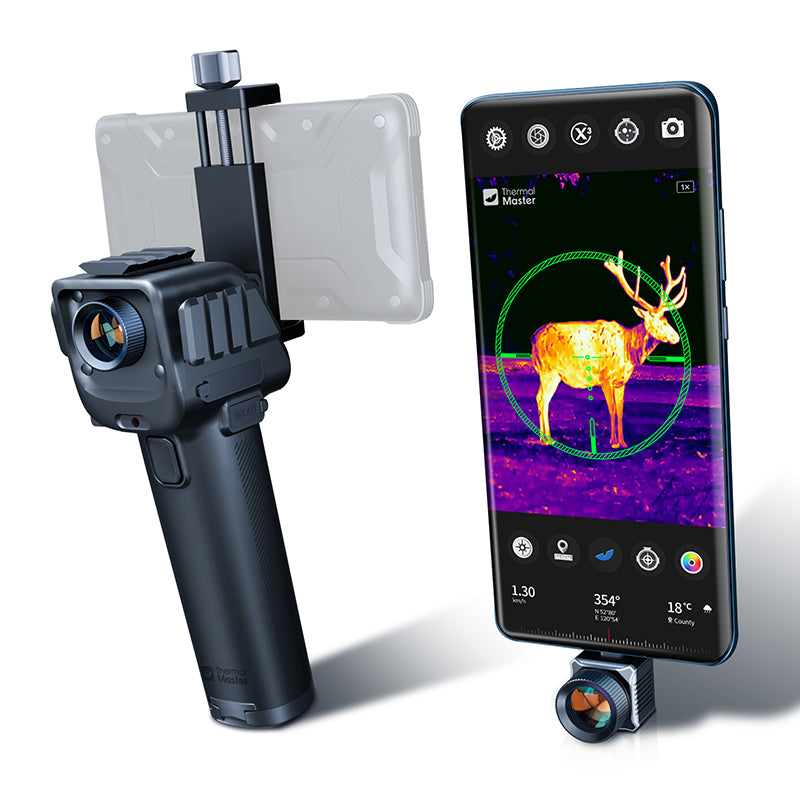
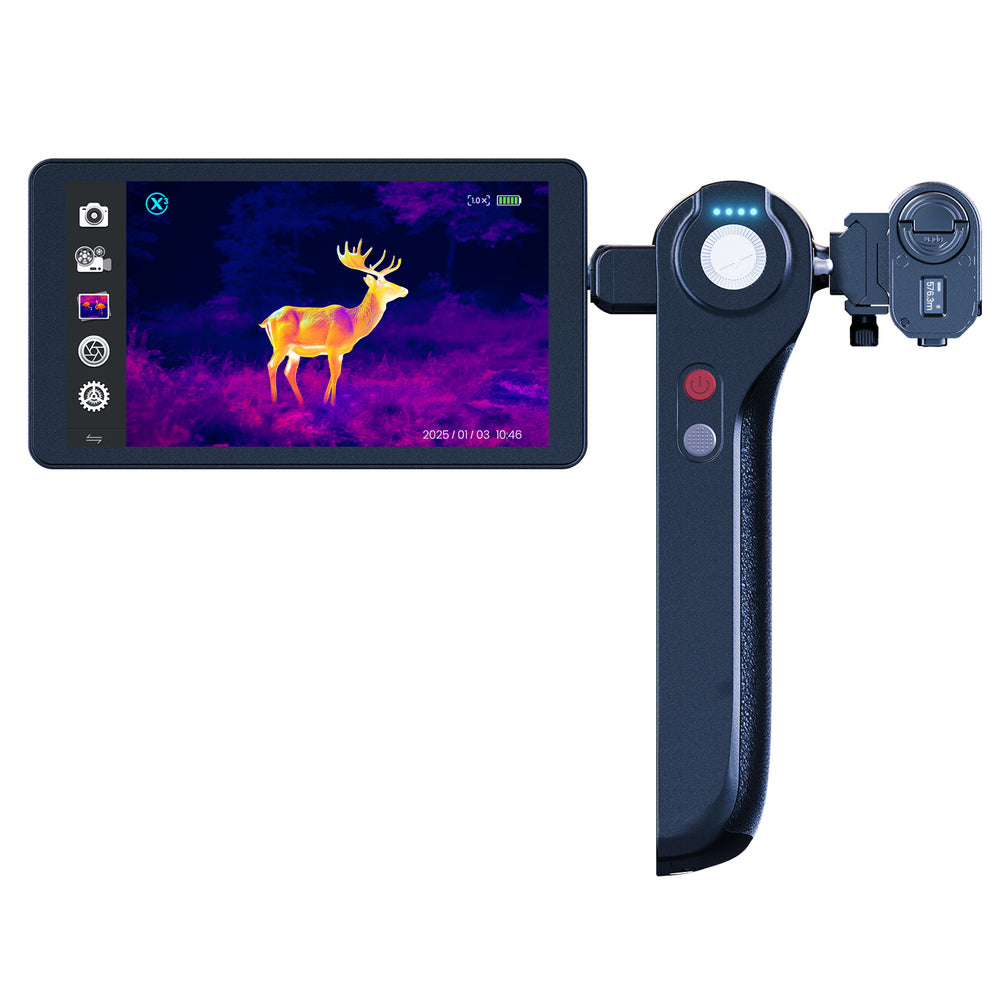
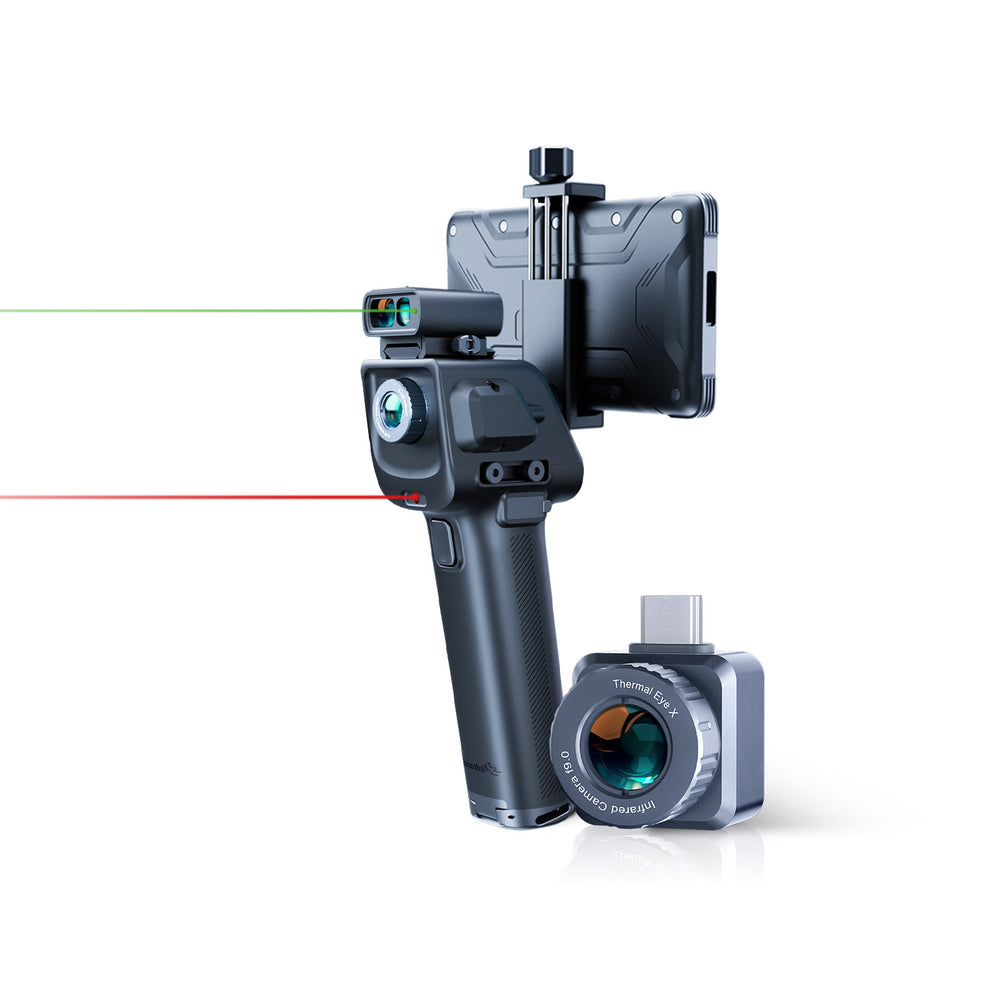
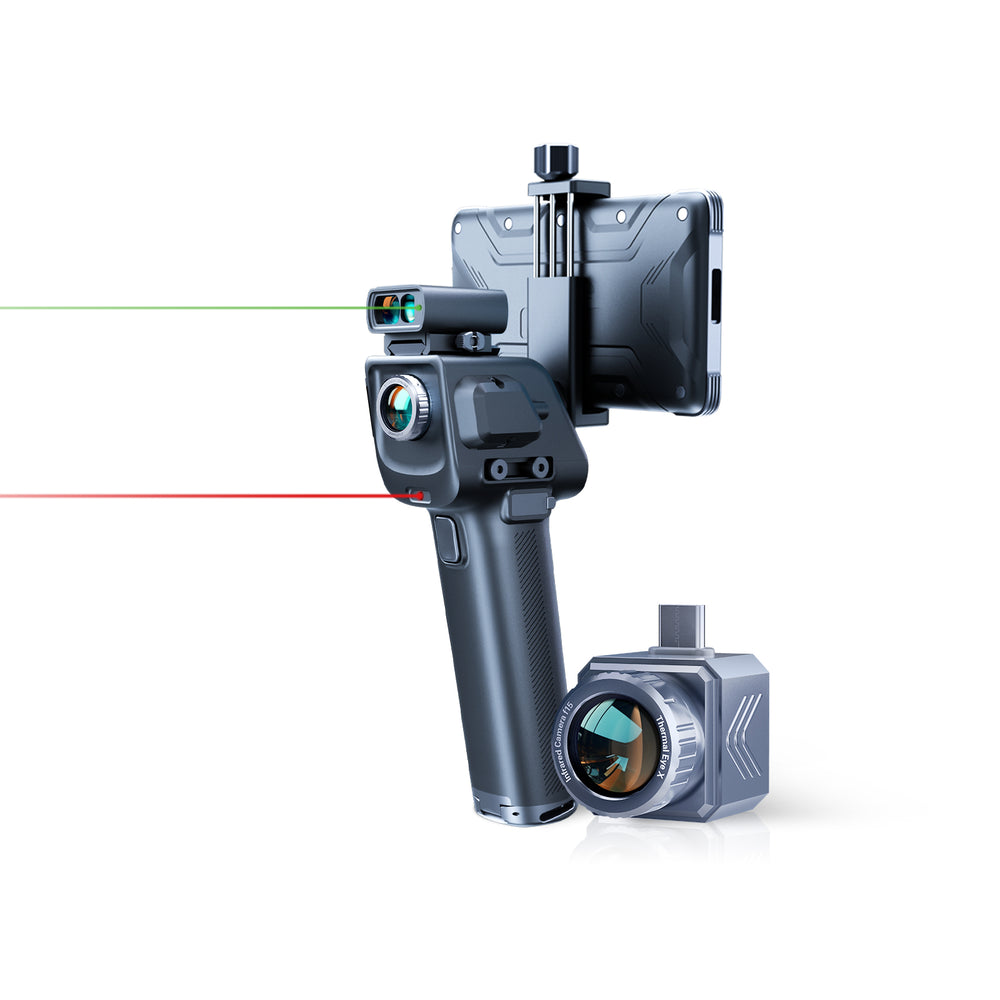
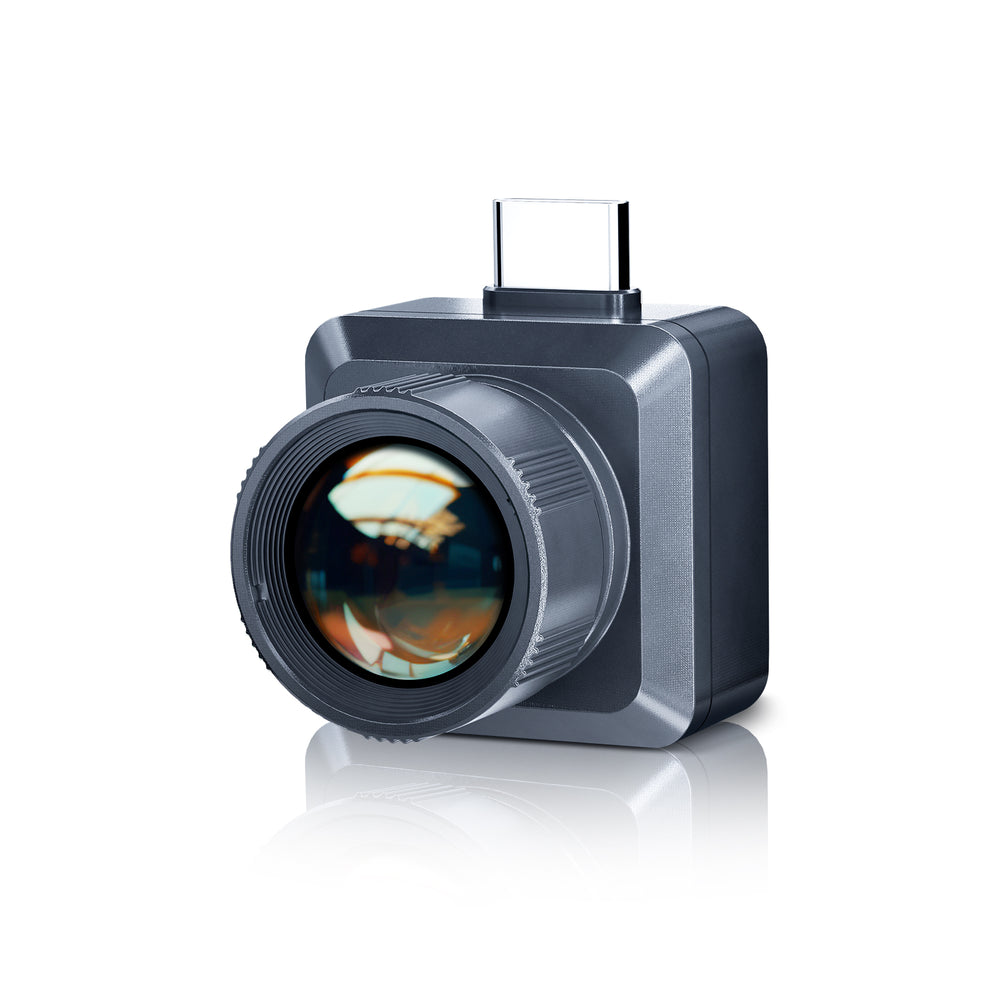
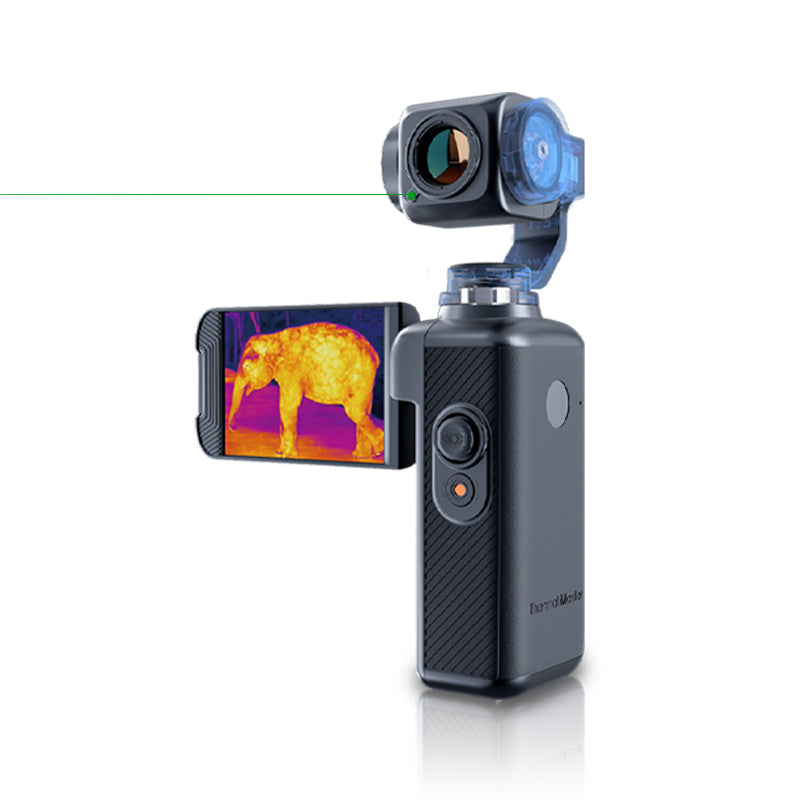
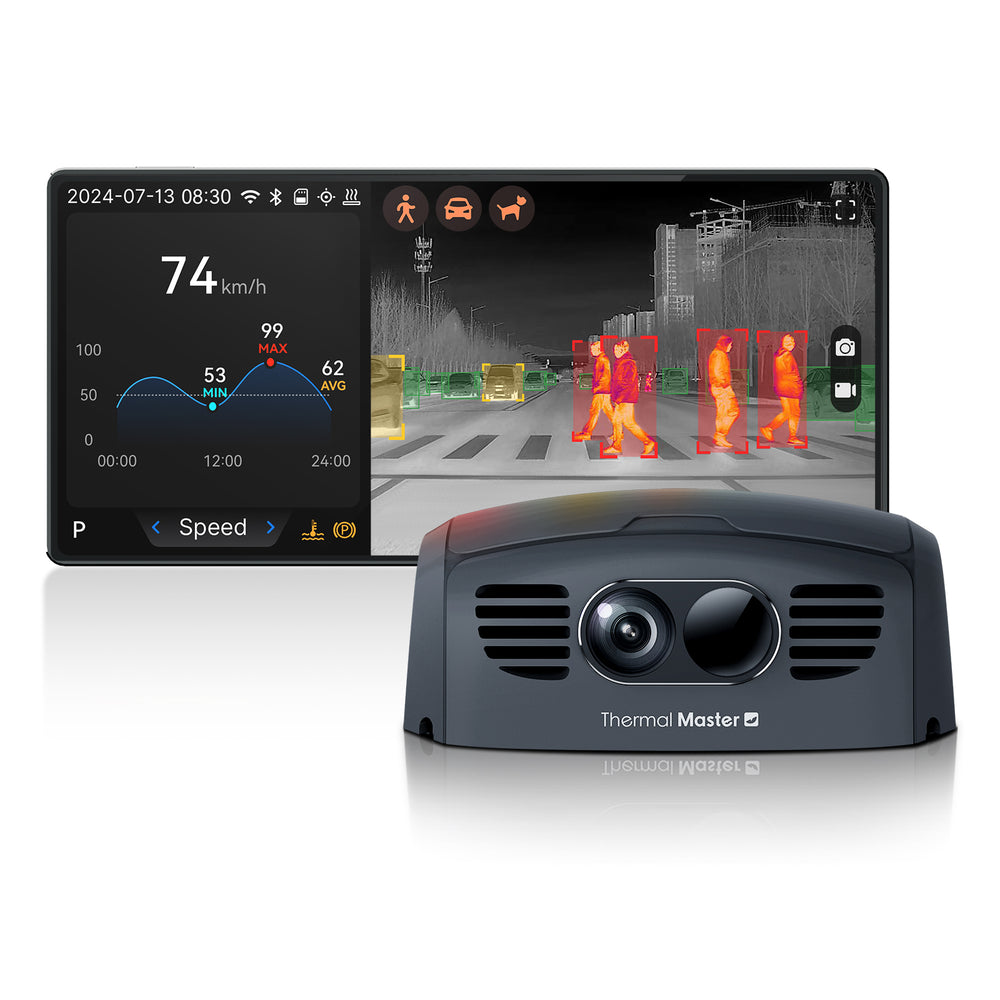
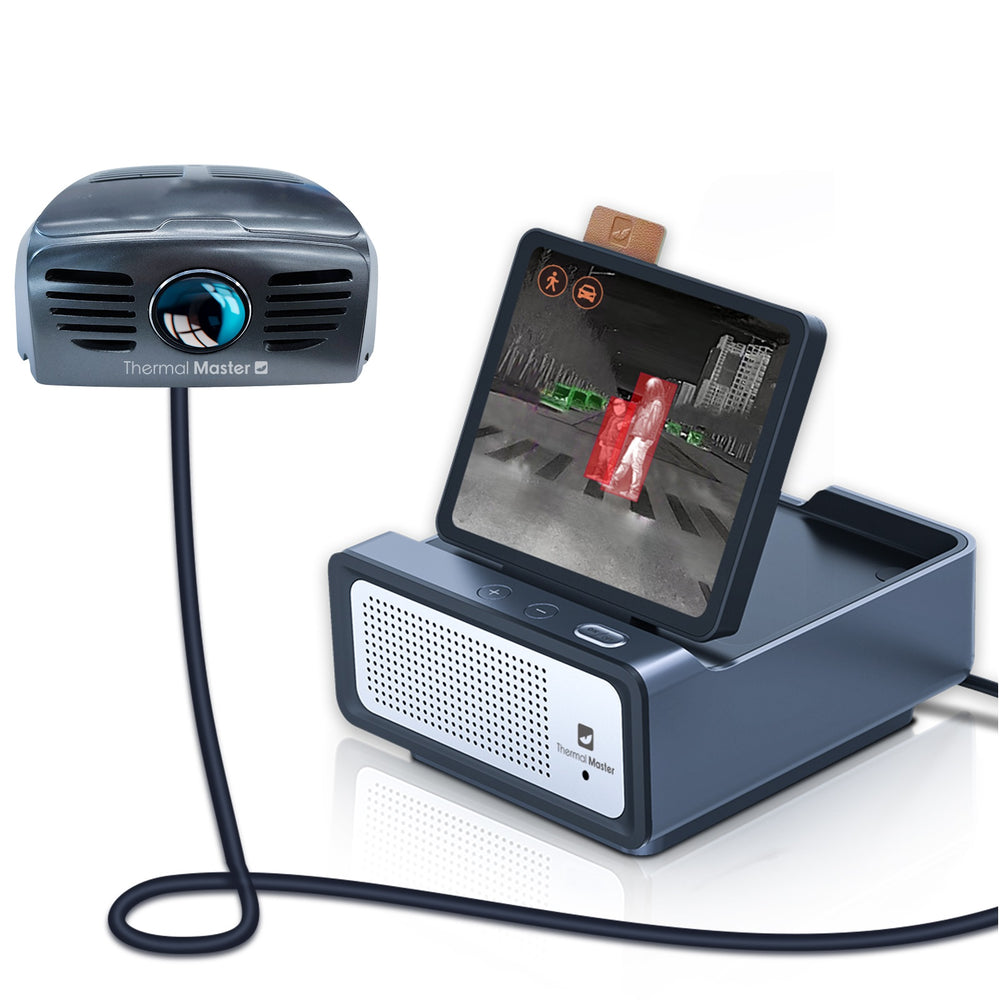
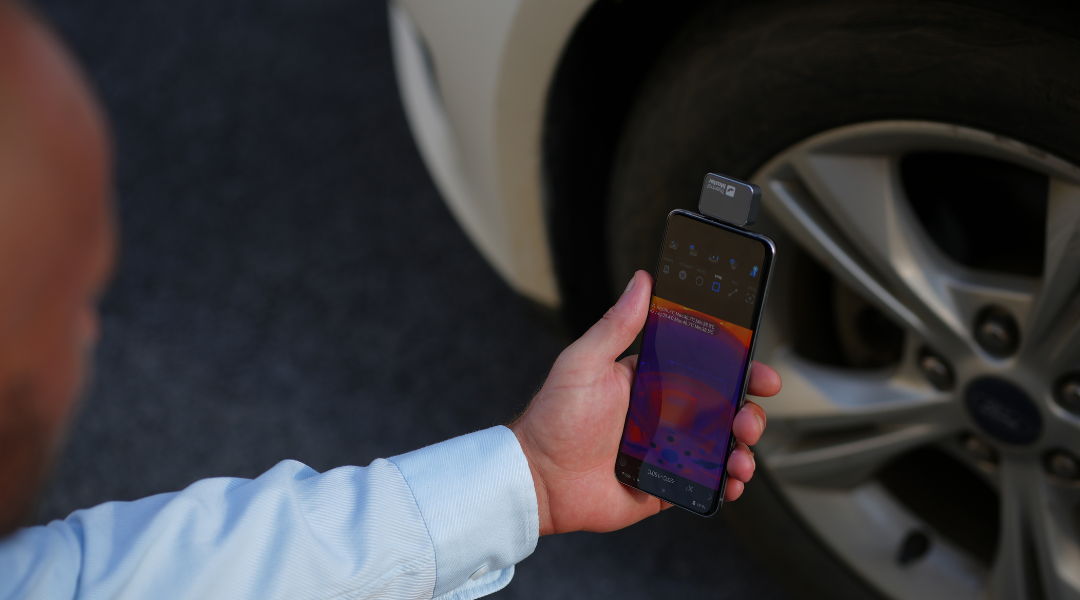
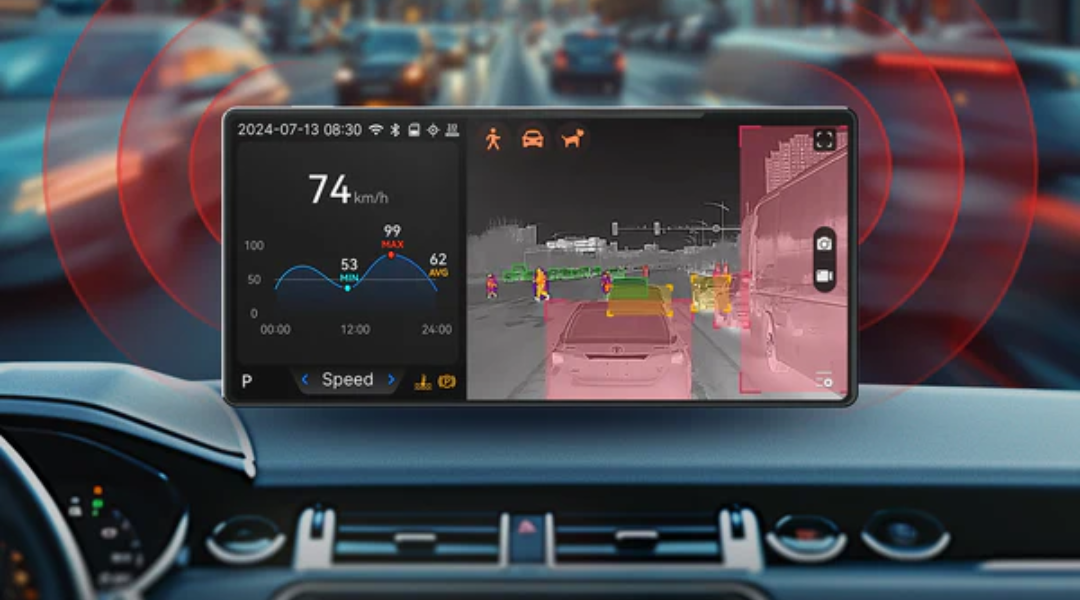
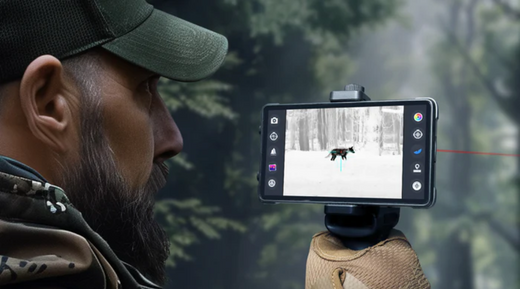
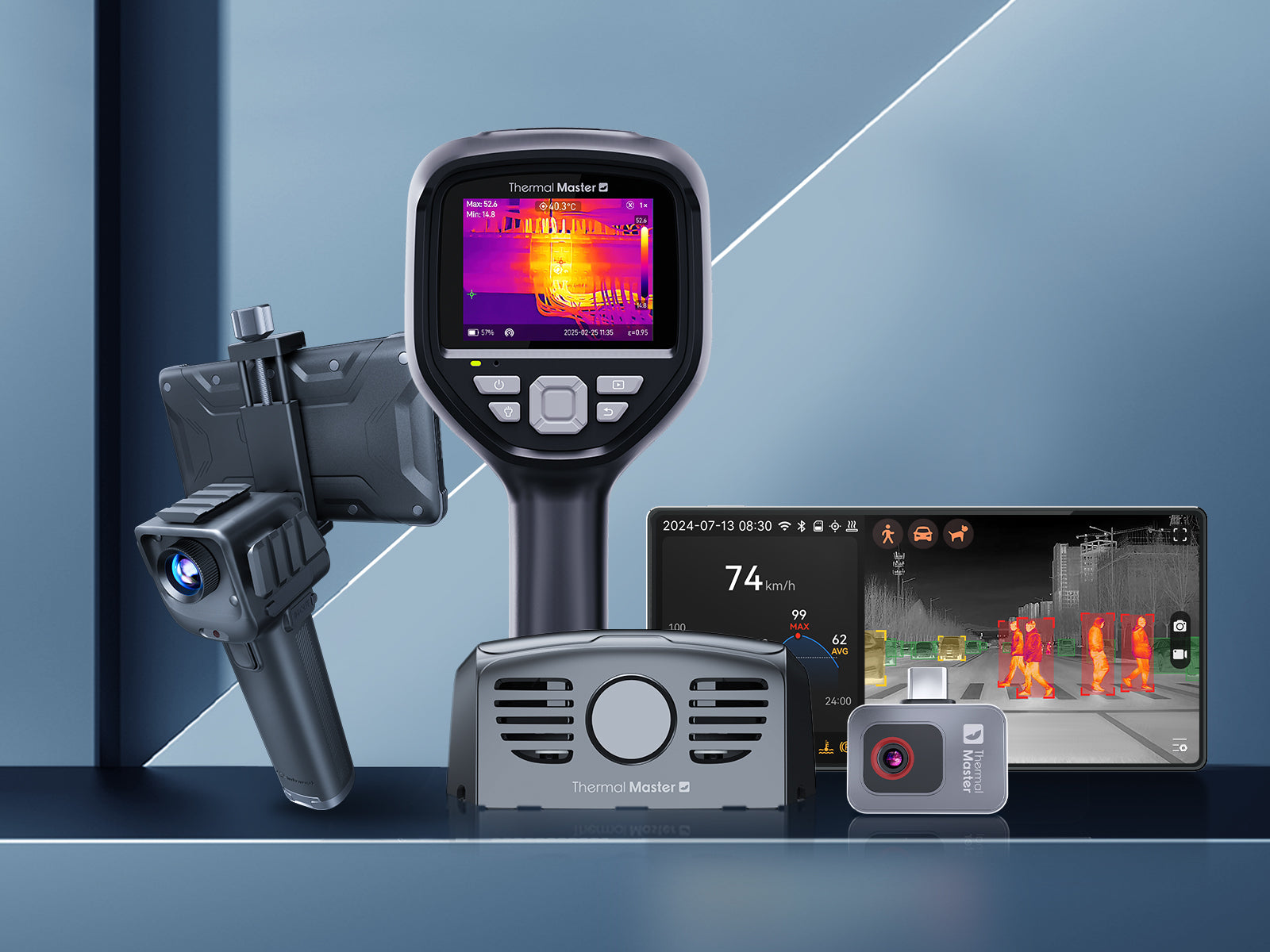
Hinterlasse einen Kommentar
Alle Kommentare werden vor der Veröffentlichung geprüft.
Diese Website ist durch hCaptcha geschützt und es gelten die allgemeinen Geschäftsbedingungen und Datenschutzbestimmungen von hCaptcha.